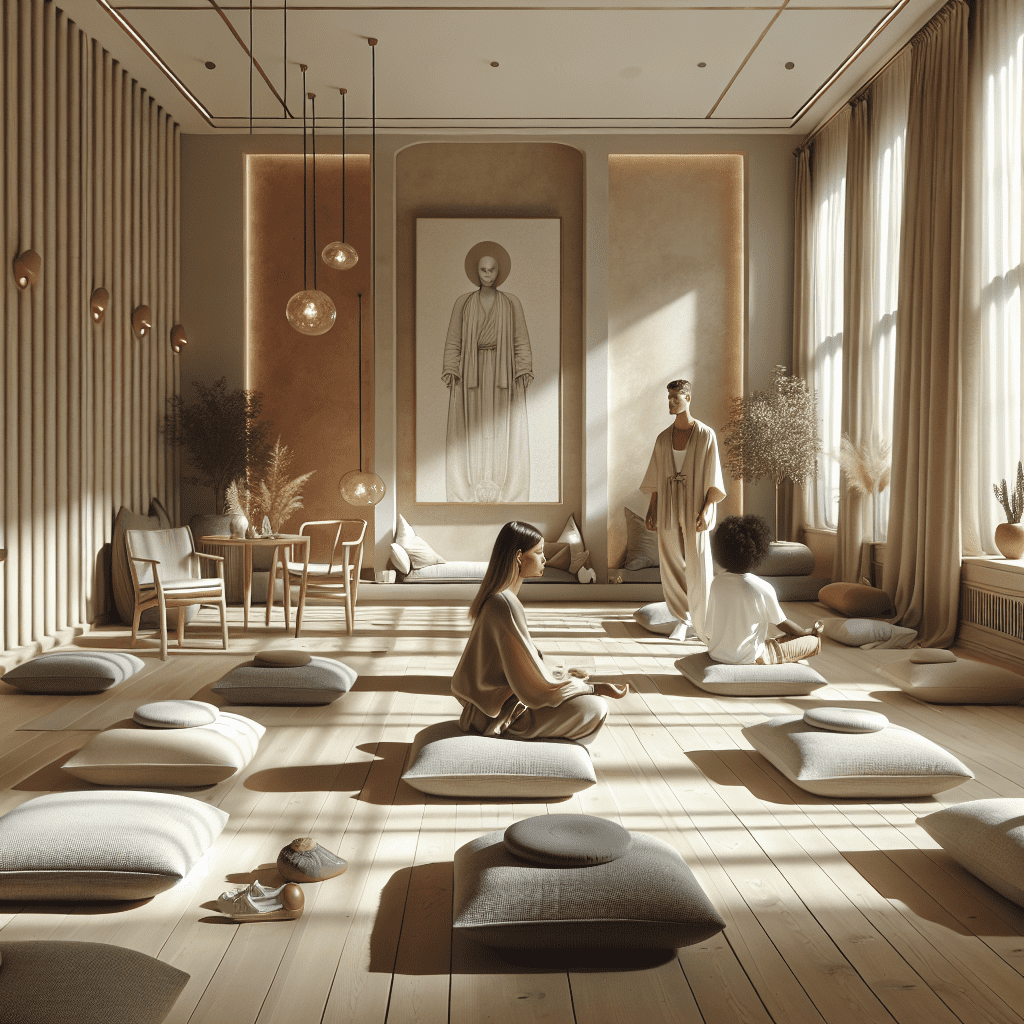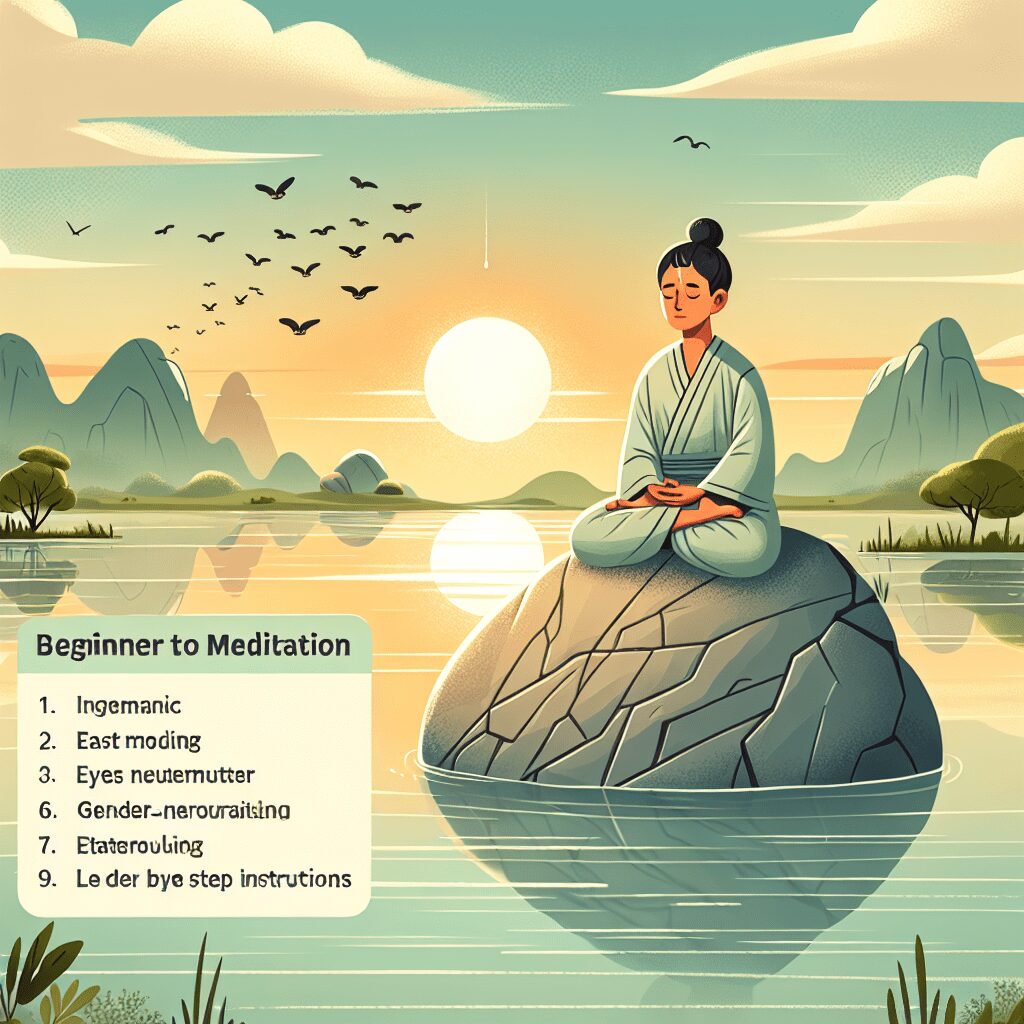
Prioritize your mental well-being daily. Enhance your life by nurturing your mental health with the Smart Meditation app. Break free from stress, alleviate anxiety, and enhance your sleep quality starting today.
How To Sit Cross Legged To Meditate?
Unlock the Zen: Mastering the Art of Cross-Legged Sitting
In the pursuit of serenity and mindfulness, meditation emerges as a beacon of tranquility in our chaos-infused lives. Yet, for many beginners, the journey to inner peace is often marred by the discomfort of mastering the quintessential meditation posture: sitting cross-legged. Let’s face it, for those of us who’ve spent years shackled to our office chairs or glued to the couch, folding ourselves into what seems like a human pretzel doesn’t scream comfort. Fear not, intrepid seekers of zen; achieving the perfect cross-legged sit isn’t as Herculean a task as it seems. With a pinch of patience, a dollop of dedication, and this guide, you’ll be meditating like a monk in no time.
The Foundation of Focus: Setting Up Your Sit
First things first, let’s get down to the nitty-gritty of prepping your posture. Here’s a step-by-step breakdown:
- Find Your Spot: Choose a quiet corner that feels calm and inviting. A serene atmosphere is key to tuning into your inner silence.
- Roll Out the Mat: A yoga mat or a meditation cushion can be your best ally in combatting those pesky pins and needles. Make sure it’s supportive yet comfortable.
- Dress for Success: Wear loose, breathable garb. Think less boardroom, more living room vibes. You want to minimize discomfort and maximize relaxation.
Cross-legged Mastery: Learning the Pose
Now that we’ve laid the groundwork, it’s time to tackle the pose. And here’s where many hit a roadblock, but hang tight; we’re about to break it down:
- Start Simple: Begin by sitting on your cushion or mat with your legs gently stretched out in front of you. Yep, just like that, no fancy twists yet.
- Fold ‘Em: Bend your knees and place each foot beneath the opposite knee. Picture it as though your legs are forming a simple, uncomplicated knot. This is the basic cross-legged position, also known as Sukhasana or the Easy Pose. Remember, the keyword here is ‘easy’; if it feels like you’re trying to crack a code, you might be overthinking it.
Adjustments and Accessories: Fine-Tuning Comfort
Alright, you’re in the pose, but something feels off? Don’t sweat it! Meditation is a no-pain, all-gain zone. Here’s how to tweak your setup:
- Cushioning: If your hips feel tighter than a jam jar lid, elevate your seat. Sitting higher helps in tilting your pelvis forward, bringing your spine into a comfy, upright position.
- Support Squad: If your knees are waving hello to the ceiling, introduce them to some support. A couple of yoga blocks or folded blankets under each knee can work wonders and reduce strain.
- Listen to Your Body: This isn’t a test of endurance. If pain knocks on the door, invite it to leave by adjusting your position. Remember, meditation is about harmony, not about enduring discomfort.
Dialing Up the Zen: Final Thoughts
Et Voilà! You’re all set to embark on your meditative journey. Bear in mind, mastering meditation and its postures is a marathon, not a sprint. With each sitting, you’ll find yourself inching closer to both comfort and clarity. Keep at it, and before you know it, you’ll be meditating with the ease of a seasoned sage, thoughts serene as a placid lake, ready to face the world’s frenzy with newfound calm and composure.
So, next time you sit down to meditate, remember, it’s not just about twisting yourself into the ideal posture; it’s about untangling the knots within, one breath, one pose, one moment at a time. Happy meditating!





